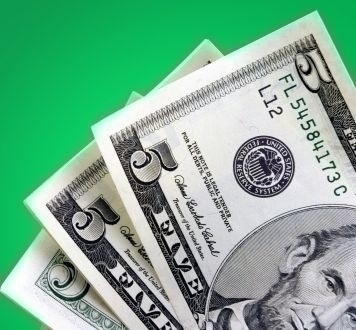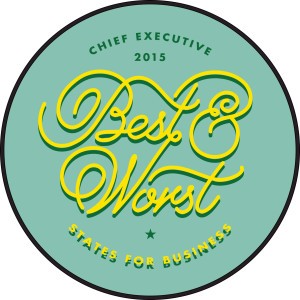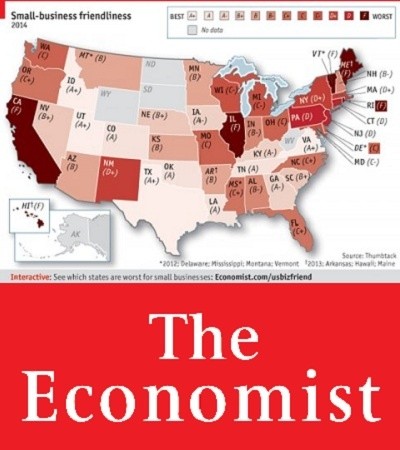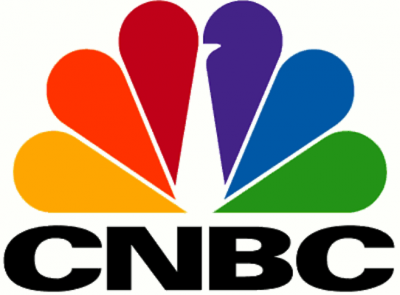Friday Financial Five – October 23, 2015
Friday, October 23, 2015

The discussion regarding individual taxes and corporate tax rates continues in the ever evolving discussion to create a fairer tax framework. Wallethub compiled the effective tax rates for S&P 100 for the 2014 tax year, including state, federal and international taxes. While the overall average tax rate of 28% was unchanged from 2013, some discouraging trends continue to persist. Morgan Stanley had an overall negative tax rate. General Motors pays a drastically lower overall tax rate than the average S&P 100 company, thanks to a -36% federal rate. Warren Buffett’s company, Berkshire Hathaway, pays almost exactly the average overall rate, while CVS pays significantly more at an overall rate of 40%.
Student debt examined in court cases
Those that have accrued massive student debt might cringe when hearing presidential candidates talking about the concept of “free” in-state tuition. For those burdened with school debt, it is extremely difficult to get those loans discharged, even in a bankruptcy. Courts are examining the definition of “undue hardship” that would have to be proven by the borrower to allow a discharge. The case of Robert Murphy should have the nation’s attention. At age 62, in 2012, he petitioned the court to relieve him of over $200,000 in PLUS loans. This and other cases may lead to a Supreme Court decision where a less stringent litmus test is used to allow the discharge of loans.
Perkins loan goes away
Speaking of student loans, the United States’ oldest government student aid program, the Perkins Loan, is no more. The formula for calculating how the loan was allotted was cited as being complicated and favoring more expensive schools that didn’t necessarily need the assistance for their enrollees. The loss of the program is expected to greatly affect smaller private colleges, as some have roughly a third of their students relying on them. This may accelerate declining college enrollment which has been evident over the last few years as more high school graduates seek employment instead of a debt laden education. Some in Congress continue to push for the program’s reauthorization.
Analysis of Health Savings Accounts
HelloWallet (no relation to Wallethub), a website that attempts to help employees maximize their benefit offerings, analyzed Health Savings Accounts administered by UMB Bank. According to their findings, the average HSA holder is 44 years old, makes almost $90,000 per year, and has over $2,000 contributed to the account between employee and employer. The number of large employers using this type of health plan is up almost 50% in the last two years. Employers contributing to a place appears to be very important, as there’s a direct correlation between what an employer puts in and the corresponding employee contribution.
Social Security in 2016
For Social Security next year, there are a few considerations to keep in mind. There will be no cost-of-living adjustment for payments, with the average payout expected to be $1,341 per month for singles and $2,212 for couples, though there will be a slight decrease in the maximum possible benefit. There will not be an increase to the maximum amount of earnings ($118,500) subject to the income tax for Social Security. The taxation on social security benefits for those that continue working will also remain the same. The big question facing retirees will be Medicare and the decision to take benefits or not. Those already receiving Social Security payments won’t see an increase to their Medicare premium, while those choosing whether or not to take Social Security could face a significant increase.
Dan Forbes, a CFP Board Ambassador, is a regular contributor on financial issues. He leads the firm Forbes Financial Planning, Inc in East Greenwich, RI and can be reached at [email protected].
Related Slideshow: Oregon Business Rankings in US
See how Oregon stacked up against the other states in the U.S.
Related Articles
- Friday Financial Five – March 13th, 2015
- Friday Financial Five – March 20th, 2015
- Friday Financial Five – March 27th, 2015
- Friday Financial Five – June 5th, 2015
- Friday Financial Five – June 19th, 2015
- Friday Financial Five – July 31, 2015
- Friday Financial Five – July 3rd, 2015
- Friday Financial Five – June 12, 2015
- Friday Financial Five – March 6th, 2015
- Friday Financial Five – May 29th, 2015
- Friday Financial Five – October 9, 2015
- Friday Financial Five – September 18th, 2015
- Friday Financial Five- November 7th, 2014
- Friday Financial Five – October 2, 2015
- Friday Financial Five – November 28th, 2014
- Friday Financial Five – November 14th, 2014
- Friday Financial Five – November 21st, 2014
- Friday Financial Five – July 24, 2015
- Friday Financial Five – July 17, 2015
- Friday Financial Five – August 7th, 2015
- Friday Financial Five – December 12th, 2014
- Friday Financial Five – December 5th, 2014
- Friday Financial Five – April 3rd, 2015
- Friday Financial Five – April 17th, 2015
- Friday Financial Five - August 14th, 2015
- Friday Financial Five - August 21, 2015
- Friday Financial Five - September 24th, 2015
- Friday Financial Five – February 13th, 2015
- Friday Financial Five – February 20th, 2015
- Friday Financial Five – January 23rd, 2015
- Friday Financial Five – January 30th, 2015
- Friday Financial Five – July 10th, 2015
- Friday Financial Five – January 2, 2015
- Friday Financial Five – January 16th, 2015
- Friday Financial Five – February 27th, 2015
- Friday Financial Five – February 6th, 2015
- Friday Financial Five






















Follow us on Pinterest Google + Facebook Twitter See It Read It